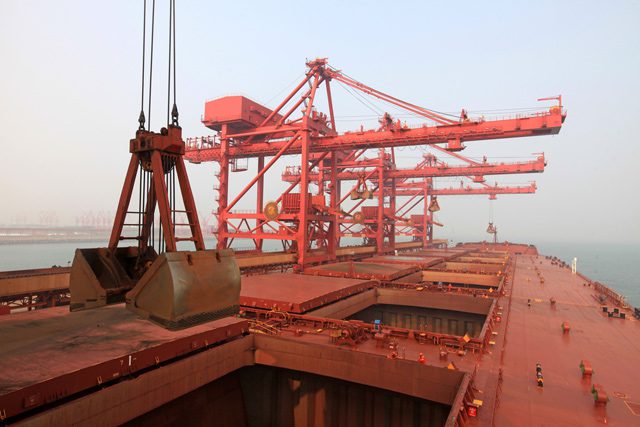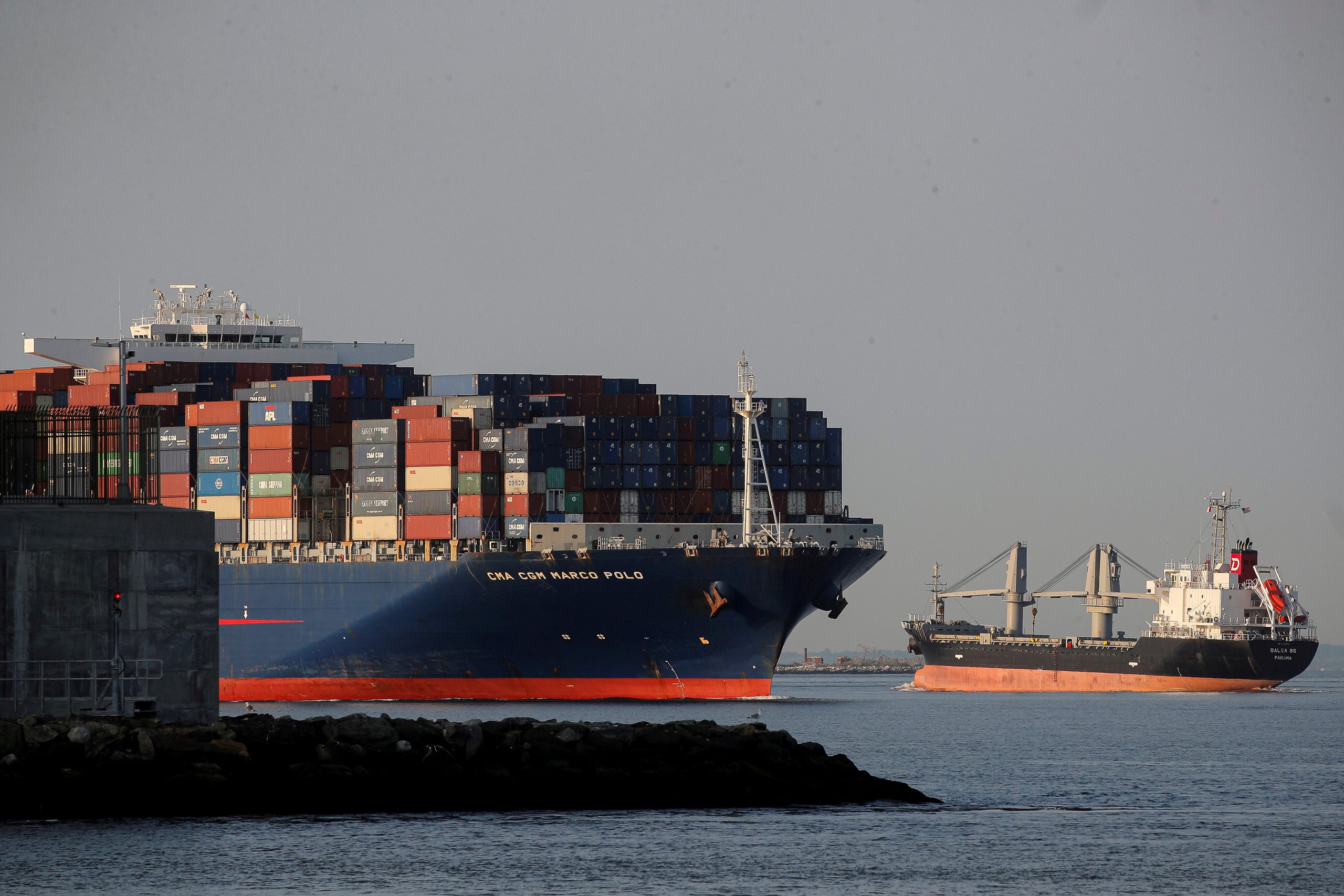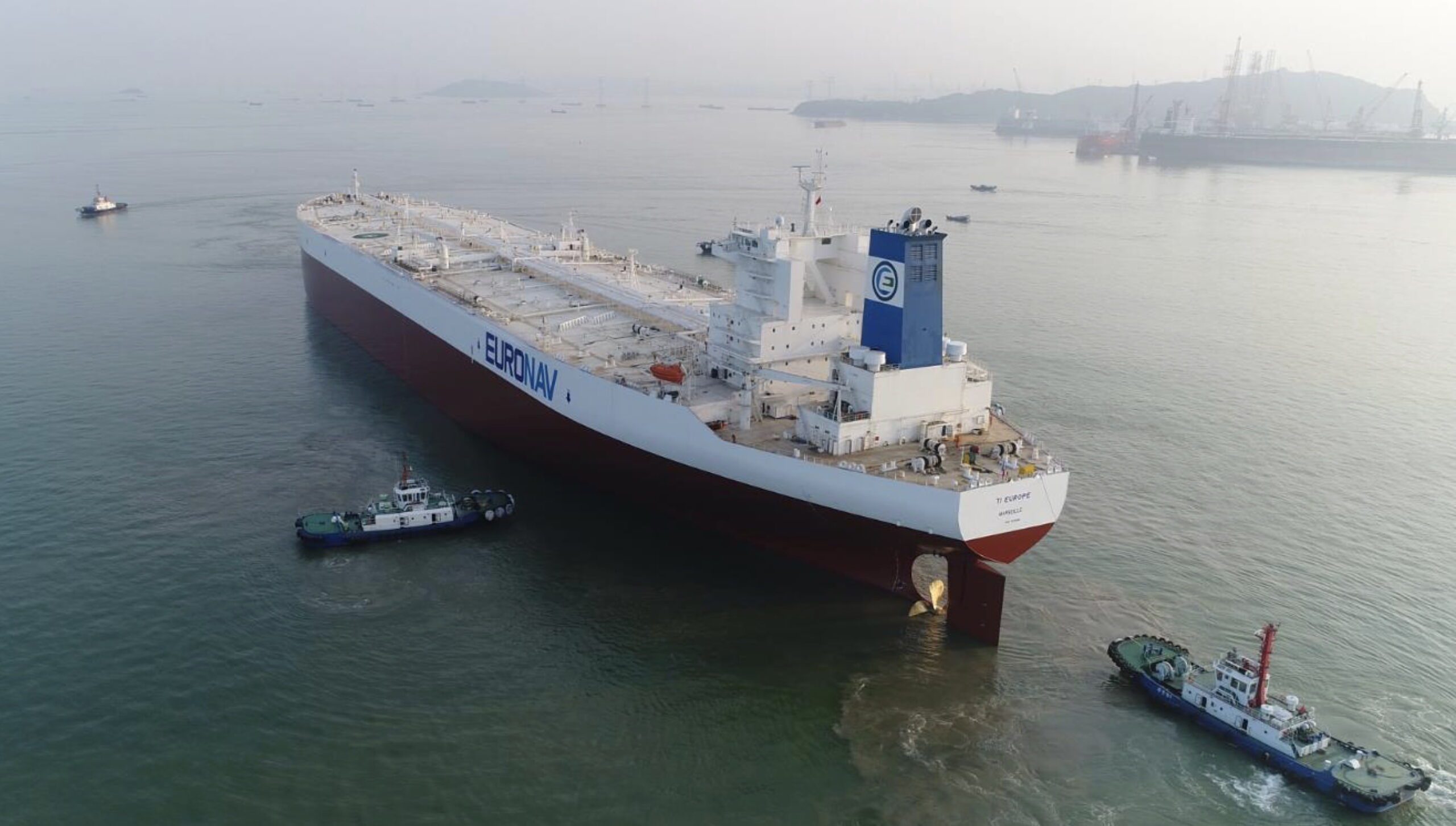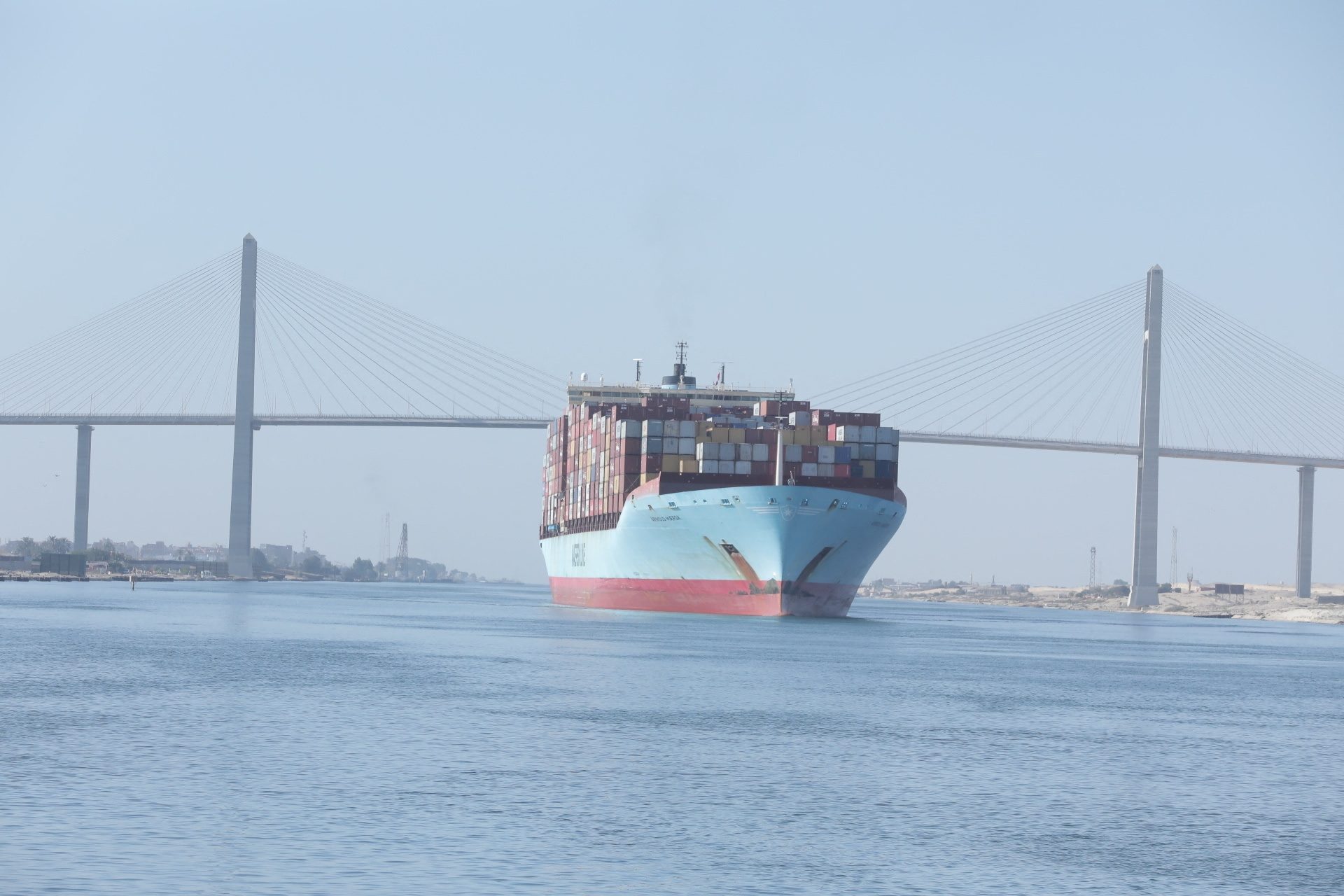By Phoebe Sedgman and Jasmine Ng
(Bloomberg) — The global iron ore surplus will more than double to a record this year as low-cost producers keep on expanding, according to Australia & New Zealand Banking Group Ltd., which cut price forecasts as much as 30 percent.
The raw material will average $58 a metric ton this year, down from an earlier estimate of $77, and $60 next year, from $85, analysts including Head of Commodity Research Mark Pervan wrote in a report on Wednesday. The surplus will expand to 85 million tons this year from 39 million tons in 2014, the bank said. Price forecasts for 2017 and 2018 were also reduced.
The raw material collapsed in 2014 and extended losses this year as rising output from Rio Tinto Group and BHP Billiton Ltd. spurred a glut just as growth in China slowed. While the slump was faster than expected, an estimated 85 percent of seaborne suppliers are still making money, according to ANZ, which joined Goldman Sachs Group Inc., UBS Group AG and Citigroup Inc. in cutting price estimates in the opening weeks of 2015.
“The market has been hit by the perfect storm of substantial, new iron supply entering the market in a weakened demand environment,” Pervan wrote. “Large, low-cost expansions are still coming, suggesting key industry players are prepared to accept a lower floor price.”
Ore with 62 percent content at Qingdao, China, rose 1.9 percent to $62.38 a dry ton on Tuesday, according to data compiled by Metal Bulletin. The price fell on Monday to $61.20, the lowest on record dating back to May 2009. Iron ore fell 47 percent in 2014, dropping for four straight quarters.
Lower Costs
Prices “will slide to the mid-$50 a ton range for most of 2015, while declining costs lower or sustain profitability for most of the industry,” Pervan wrote, citing weaker oil prices and falling currencies. The glut will swell to a record in 2015 and remain near that level for the next two years, he said.
While steel consumption in China will shrink 1.3 percent to 728 million tons this year, hurting iron ore prices, peak steel in the country won’t come until 2020, according to Pervan. China has the world’s largest steel industry, accounting for about half of global supply, and is the largest buyer of seaborne ore.
There’s attractive long-term demand for iron ore, driven primarily by China, Alan Smith, Rio’s Asia president for iron ore, told a conference in Beijing last week. China’s crude-steel output will expand to 1 billion tons by 2030, Smith said.
Goldman and UBS both cut their forecasts for iron ore prices to $66 a ton this year, while Citigroup reduced its to $58. Andy Xie, a Shanghai-based independent economist and former Asia-Pacific chief economist at Morgan Stanley, said it will average about $50 in 2015, dropping into the $30s.
Global seaborne supplies will expand 6.3 percent to 1.42 billion tons in 2015, beating demand growth of 4 percent to 1.39 billion tons, UBS said Jan. 15. Among projects opening this year is the Roy Hill mine backed by Gina Rinehart, the Asia-Pacific’s richest woman. The mine in Australia’s ore-rich Pilbara region will have capacity of 55 million tons a year and is scheduled to start shipments by about September.
Copyright 2015 Bloomberg.

 Join The Club
Join The Club











